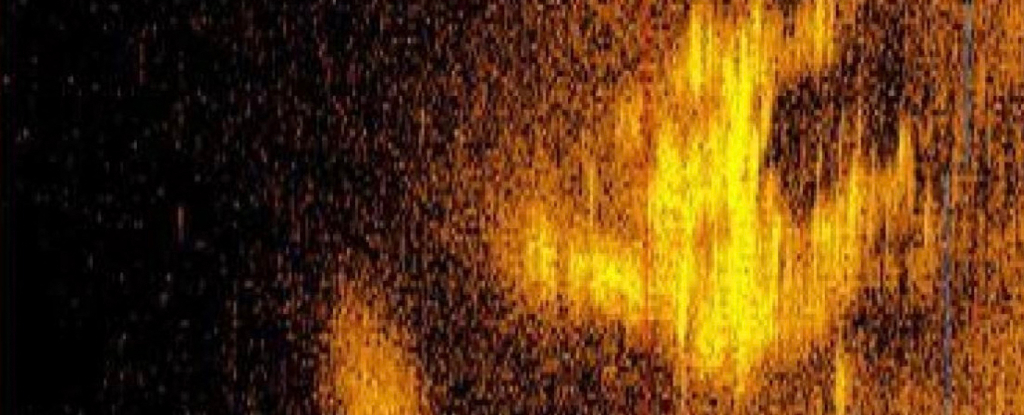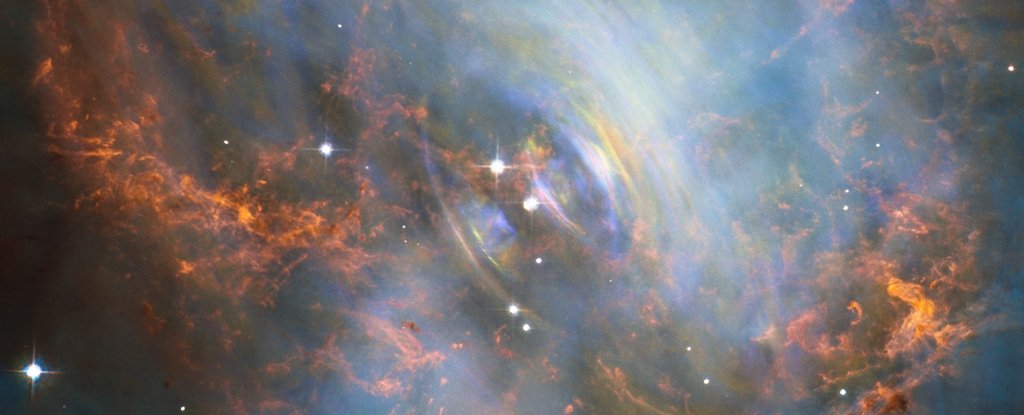ARTICLE AD
To paraphrase the great Nigel Tufnel, when you look out into deep space, far away from any stars, how much more black could it be? And the answer is, at least some, but not much. Researchers managed to measure the light level that pervades all of the universe, a leftover glow from when everything was brand new, bright, and hot, allowing them to get a true sense of how dark it really is out there.
While it would seem logical that deep space is pitch black, there is ample evidence of radiation in space, including gamma rays, microwaves, and infrared. While not visible to the human eye, these rays do count as light. Thanks to space telescopes like Hubble and James Webb, astronomers have had a rough estimate of the amount of background visible light in the universe, a metric known as the cosmic optical background (COB), which is basically the sum total of all light generated over the course of the universe’s 12.6 billion years.
But determining exactly what level this is has been a major challenge. Measuring the exact level of the COB is impossible from Earth or its immediate surroundings, owing to sunlight scattered by interplanetary dust.
To get around this problem, a team of astronomers from the Space Telescope Science Institute and numerous U.S. universities turned to one of humanity’s most distant tools. NASA launched the New Horizons space probe in 2006, equipped with an array of telescopes capable of capturing both visible and non-visible wavelengths of light. Its primary mission was to conduct a flyby of Pluto, which it accomplished in 2015, and four years later, it flew by Arrokoth, an asteroid in the Kuiper Belt. In 2023, New Horizons was given a new mission: to analyze the Sun’s environment from the deepest reaches of the solar system. The spacecraft is now some 5.4 billion miles (7.3 billion kilometers) from Earth, giving it an unprecedented view of the darkest regions of the universe.
You may not be surprised to find that things are pretty dark. Once you get away from galaxies and their billions of stars, there’s really not much to see. The calculations, published in The Astrophysical Journal, showed that the amount of visible light in deep space is consistent with the total amount of light generated by galaxies since the universe’s birth.
“The simplest interpretation is that the COB is completely due to galaxies,” said Tod Lauer, an astronomer at the National Science Foundation NOIRLab, who worked on the study, in a statement. “Looking outside the galaxies, we find darkness there and nothing more.”
That sounds sensical, but some of the astronomers involved in the study, including Lauer, had on two previous occasions tried similar analyses, and got different results. One effort, in 2021, determined there must be “a component of unknown origin” responsible for some of the light, the researchers wrote in the new study. When they tried again the next year, they got a result that “implied the existence of an even larger anomalous component.”
Those strange readings were due to errors in calculating the amount of light New Horizons detected that was reflected off space dust, the team concluded. These weird, non-galaxy light sources apparently don’t actually exist.
“We now have a good idea of just how dark space really is,” said Marc Postman, a distinguished astronomer at the Space Telescope Science Institute, who also worked on the paper. “The results show that the great majority of visible light we receive from the universe was generated in galaxies. Importantly, we also found that there is no evidence for significant levels of light produced by sources not presently known to astronomers.”
These latest findings could go a long way towards soothing some hurt feelings. When New Horizon was given its new mission in 2023, some scientists were upset that it had been diverted from studying the Kuiper Belt, the mysterious area of space beyond Neptune where many asteroids, comets, and possibly planets are distantly orbiting the Sun. Despite being in a fairly dark part of space, the spaceship is still helping cast a little light on cosmic mysteries.

 2 months ago
23
2 months ago
23 

